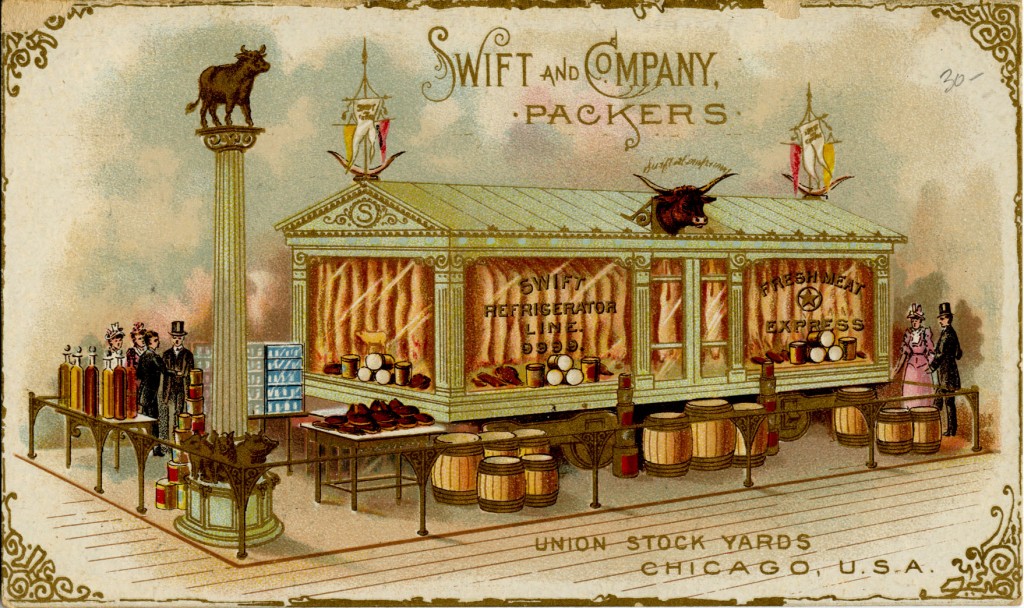Despite the potential benefits of this new technology to increase in world food supply and lower the cost for the farmer—public and scientific concerns have been raised about the environmental and food safety of genetically modified crops. GMOs only entered supermarkets 20 years ago, but the history of GMOs dates back to the mid 20th century with the advent of the biotech industry.

Scientist at Calgene with the first Genetically Engineered crop, the Flavr Savr Tomato. Photo courtesy of Wikipedia Commons.
Huge scientific breakthroughs in genetic engineering were made in the early to mid 20th century. The discovery DNA, the double helix structure, and other discoveries in the genetics field served as the foundation for the future success of genetic engineering. In 1972, Herbert Boyer and Stanley Cohen used the recently discovered recombinant DNA by joining DNA from different species, usually a bacterium, and inserting the hybrid DNA into a host cell. Their discovery of inserting rDNA into a living cell began a new age of technology, and solidified the foundation the biotech industry. An industry that is now multibillion dollar industry and has been responsible for producing new chemicals, enzymes, pharmaceuticals such as insulin, and genetically modified crops. Continue reading
